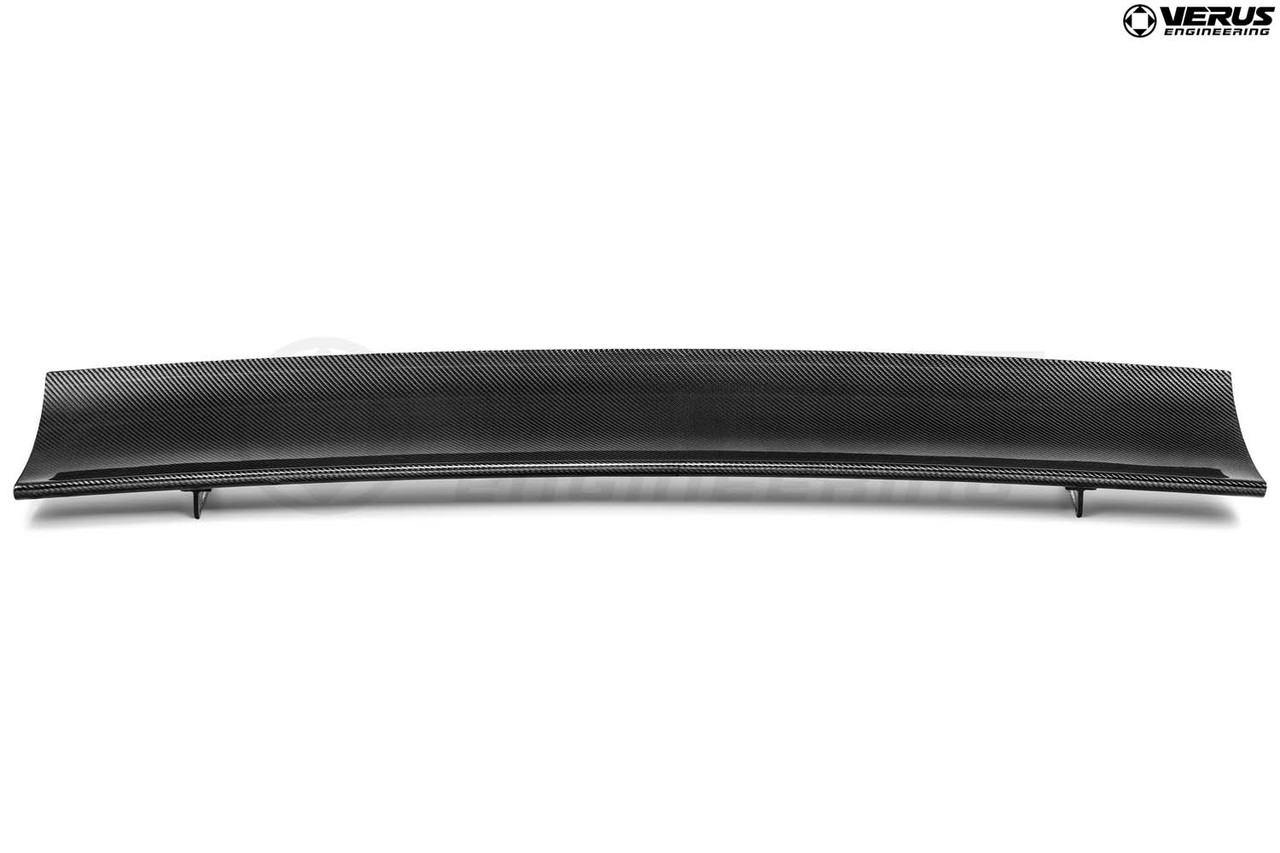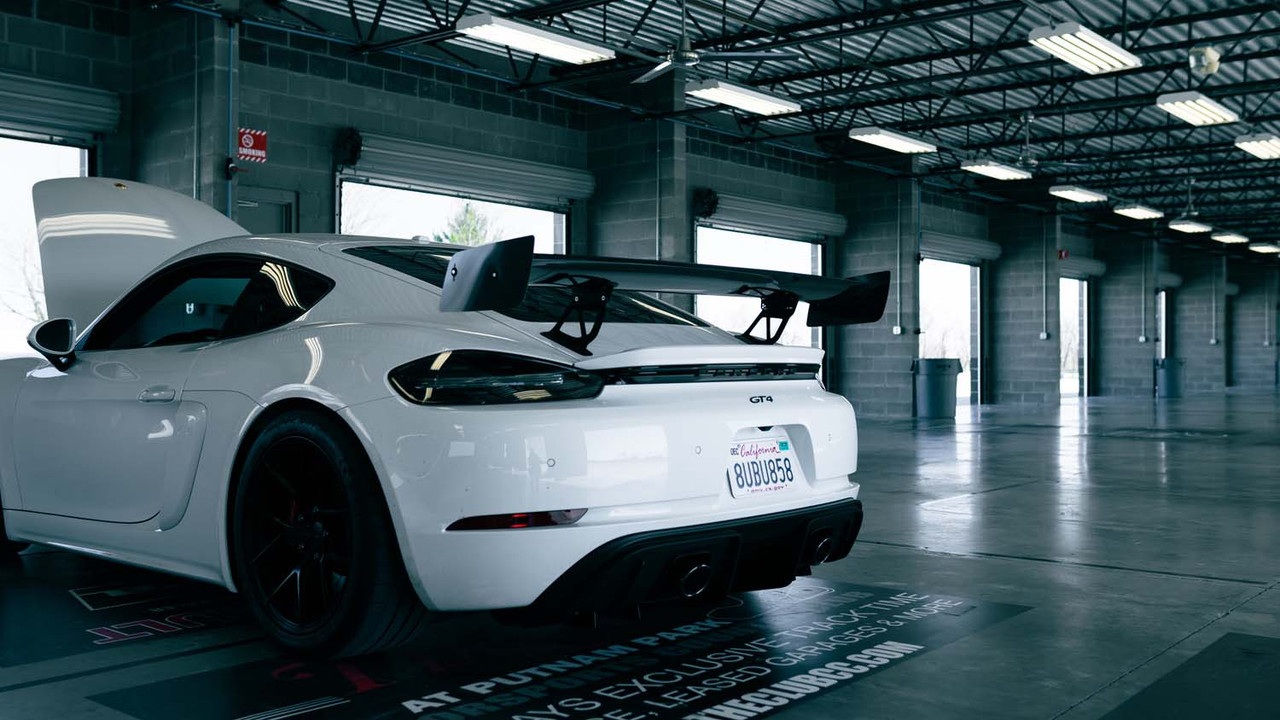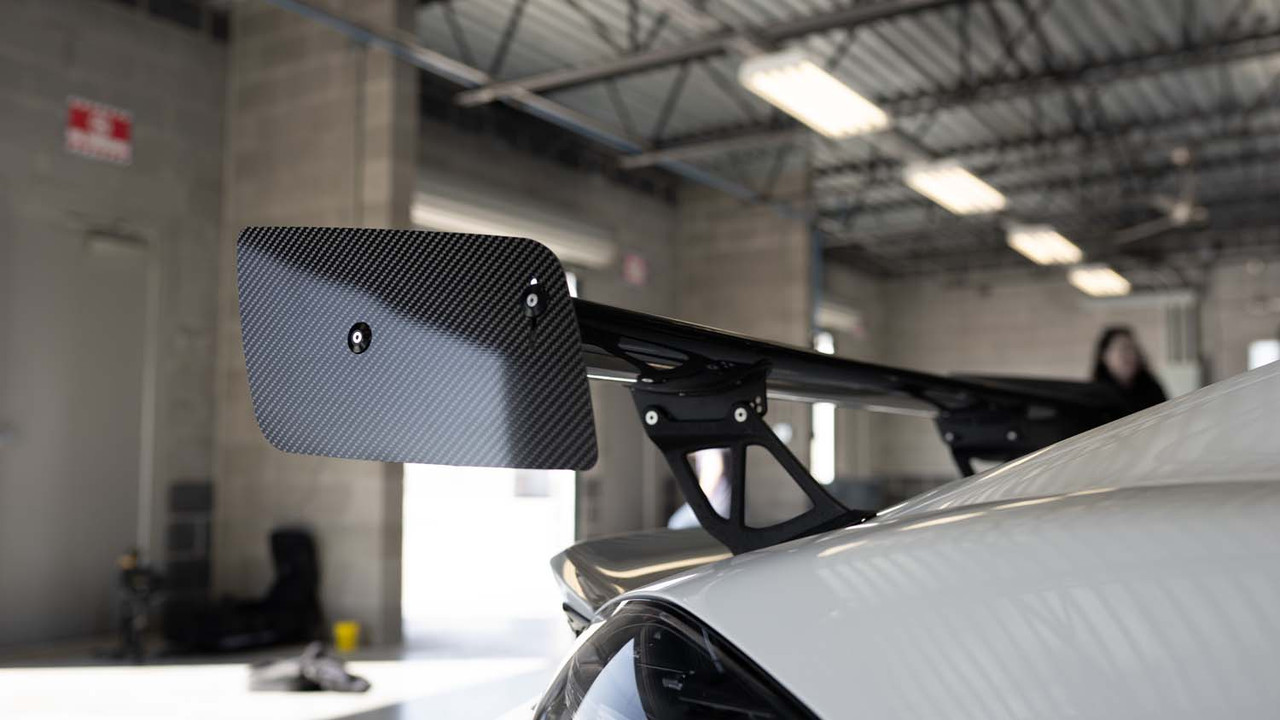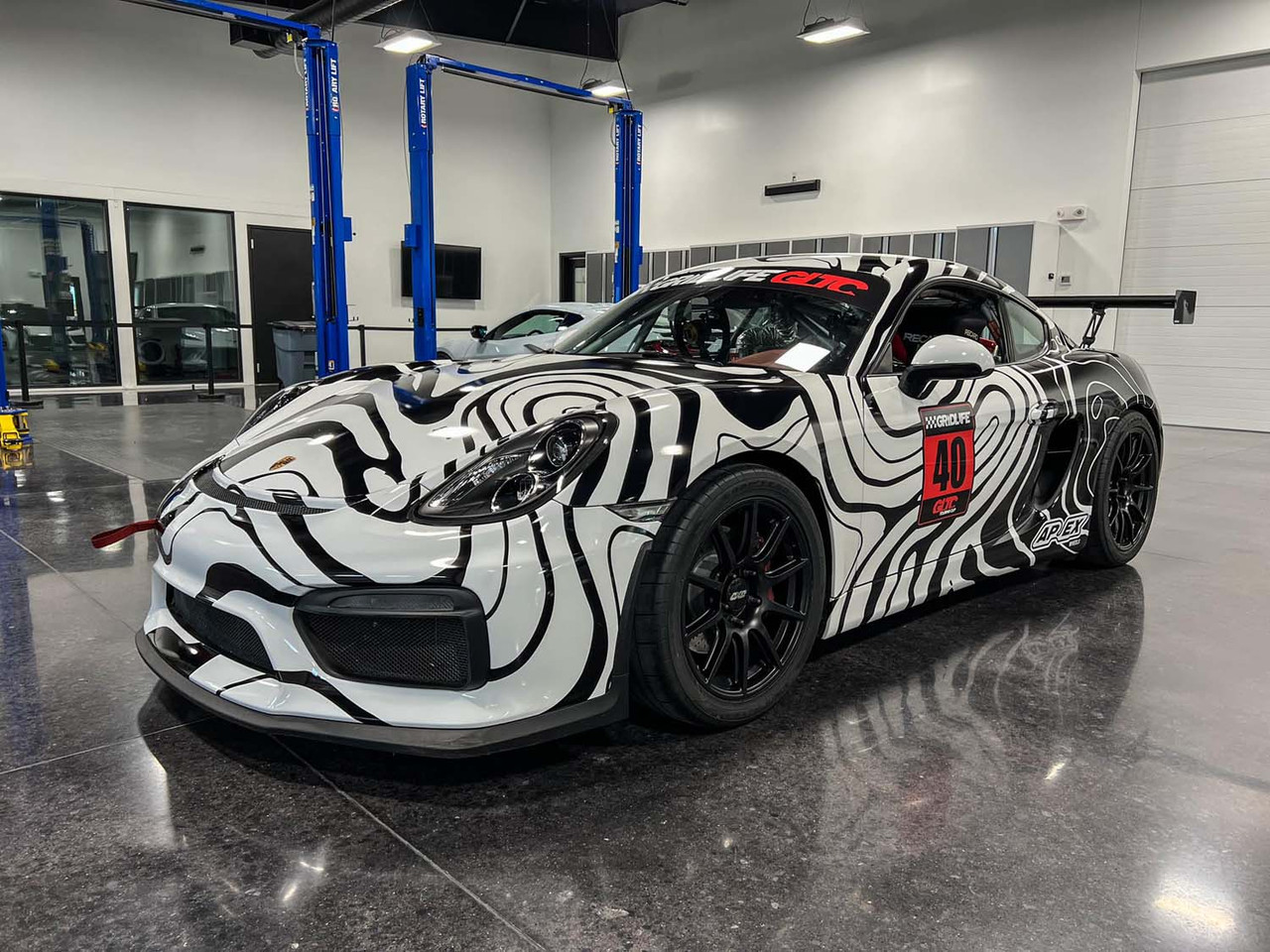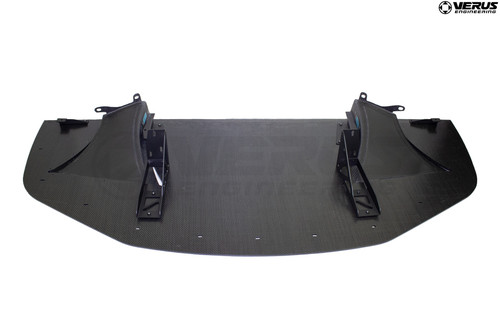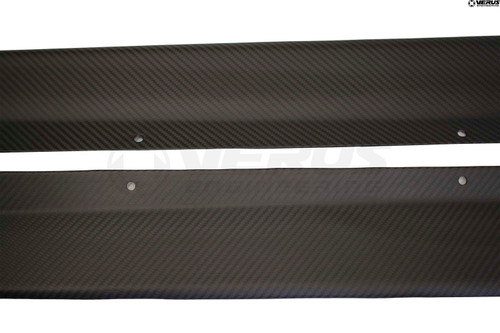Product Description
The UCW Rear Wing is a great addition to your Porsche 981/718 to increase downforce significantly in the rear, increase confidence on track, and reduce lap times. Designed to work on the factory or aftermarket uprights and handle the downforce well, the rear wing bolts on easily and improves performance this sports car can utilize on and off track.
Utilizing state-of-the-art analysis software during the R&D process, we optimized the airfoil for performance for the given build volume which is derived from the V1X. Further utilizing CFD, we ensured the rear wing sees adequate airflow while installed on the car and performs well.
During the design process; we utilized in-house scan data. This results in a product that features a near OEM fit and finish which fits both the 718 Porsche GT4 and the 981 Porsche GT4. The unit bolts on like a stock replacement wing.
The UCW Rear Wing is the perfect addition to the track goer who requires a moderate bump in rear downforce to balance out a significant front aero package.
UCW Wings are assembled per order and will ship within 5 business days from receipt of order unless otherwise specified.
WHAT IS INCLUDED
-
Rear Wing Element Assembly
-
FFV Rear Wing Carbon Endplate (2)
-
Hardware Kit, Includes All Parts Necessary for a Seamless Install
FEATURES
Optimized Airfoil Using ANSYS Adjoint Solver
Improved Efficiency (L/D)
Increased Downforce
Bolts to OEM Trunk
Capable of Generating and Withstanding 500+lbs of Downforce
Capable of Balancing Out Significant Front Aerodynamic Systems
SPECIFICATIONS
Carbon Fiber Rear Wing - 2x2 Twill Pre-preg carbon, Autoclave Cured, Automotive High-Gloss Clear
Machined Billet Aluminum Wing Mount
2x2 Twill Carbon Fiber Endplate
Stainless Hardware Throughout
SCIENCE
The Verus Engineering UCW Rear Wing was specifically designed for the Porsche enthusiast who wants more rear-end downforce. The wing has the capability of operating and generating downforce from 0 to 15 degrees angle of attack. This allows the wing to balance out a variety of front aerodynamic kits.
Our CFD data and our real-world experimental data match up quite well. The wing hit all the major goals we set forth to achieve first in our CFD simulations and then with our real-world testing. The strong correlation between CFD data and real-world testing validates both our CFD analysis approach and the wing’s performance.


